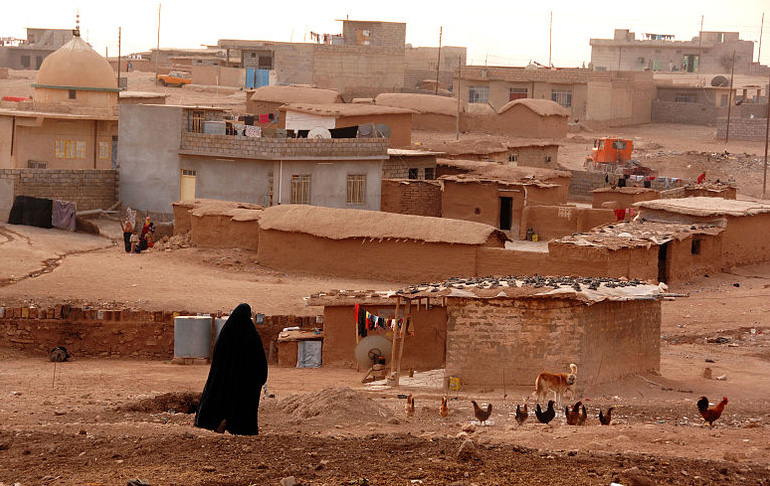Like most of us earth-conscious Northwesterners, Kurt Hoelting recently decided to re-evaluate his carbon footprint. After watching Al Gore’s popular film An Inconvenient Truth in 2006, Hoelting began thinking of lifestyle changes that could reduce his environmental impact.
Rediscovering home
Like most of us earth-conscious Northwesterners, Kurt Hoelting recently decided to re-evaluate his carbon footprint. After watching Al Gore’s popular film An Inconvenient Truth in 2006, Hoelting began thinking of lifestyle changes that could reduce his environmental impact.
Unlike some of us who have made small choices that reduce our footprint—every little bit does count—Hoelting began his yearlong earth-friendly pilgrimage after seeing the film, and never looked back.
“Making these changes was much easier then I thought it was going to be,” Hoelting said. “Once I made the decision to do it, my life has been much richer and satisfying as a result.”
After taking an online survey, Hoelting came to realize that the way he was living didn’t necessarily align with his environmental beliefs. Hoelting utilized jet travel frequently for work, and used his car often.
Hoelting planned a year of using alternative transportation, primarily his bicycle, a kayak and his own two feet. It was not an easy feat for Hoelting, as he lives in a rural area five miles away from a metropolitan area with public transportation.
At the age of 58 when he began his journey, the now 60-year-old ended up surprising himself with the physical things he was able to do.
“I was able to re-engage with the things I put down when I was younger,” Hoelting said. “I gained a lot of confidence and strength.”
In The Circumference of Home, Hoelting talks about the way that he began thinking differently about his surroundings, and learned just how much he had been taking advantage of his environment in the process.
“The geography around my home that had felt like it was shrinking suddenly started to expand as I moved through it at a slower pace,” Hoelting said. “As a result, I rediscovered a lot of the richness of my own place that had gotten hidden in the fog.”
After taking his hiatus, Hoelting went back to using his car—an environmentally-friendly hybrid—and made adjustments like taking the train for long trips instead of jet travel.
“The current challenge is maintaining as many lifestyle choices as I can,” Hoelting said. “I use my car now as little as possible, and continue to use my bike and take public transportation whenever it’s a reasonable option.”
Hoelting sees a difference in his attitude now about what constitutes as a “reasonable option” for transportation. His journey was less about quitting those environmentally harmful forms cold turkey, but reducing his use and breaking his addiction of using his car.
His decision wasn’t based on an intention to write a book, but rather his own enlightenment. The book was just a perk of his personal success.
“Writing the book was its own wonderful adventure,” Hoelting said. “Having the opportunity, and being able to reflect more deeply on what I’ve learned, made writing the book its own adventure.”



